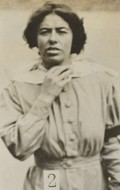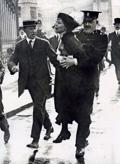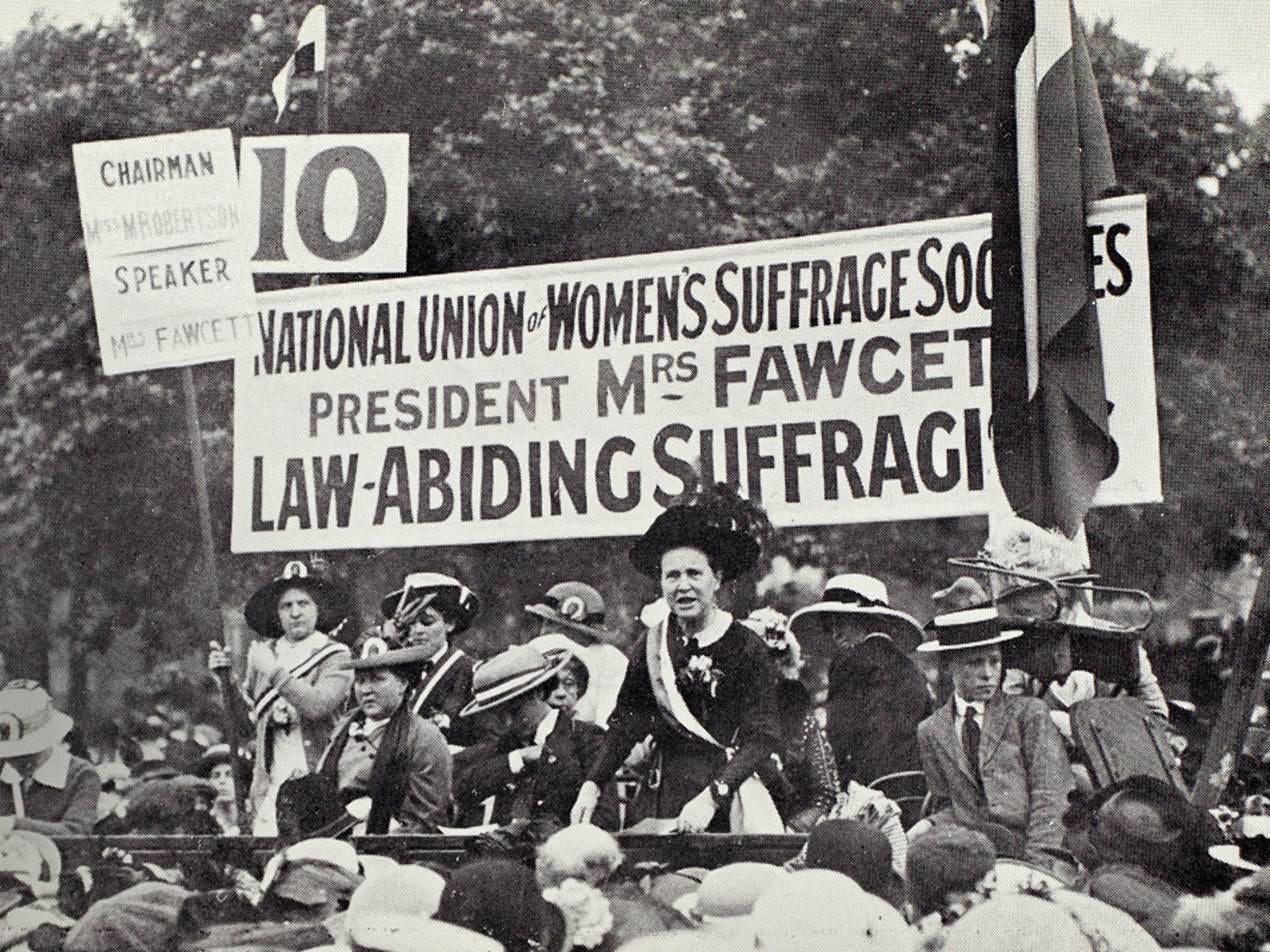
Bending the Law
Find out how the use of cars and motorcycles helped suffragettes evade the police.
Despite this, Webb’s comparison of the annual income of the Labour Party in 1908 of £9,674, with that of the WSPU of £21,213, makes evident that this suffrage organisation was dominated by the wealthy.
The WSPU were donated motor vehicles, and could afford them, this allowed them to use them to their advantage, and in fact use multiple, in order to avoid police-tracking.
It also, however, arguably demonstrates that the motor car was only useful to some extent; it was used by those from the higher classes, and not available to those of the lower classes.
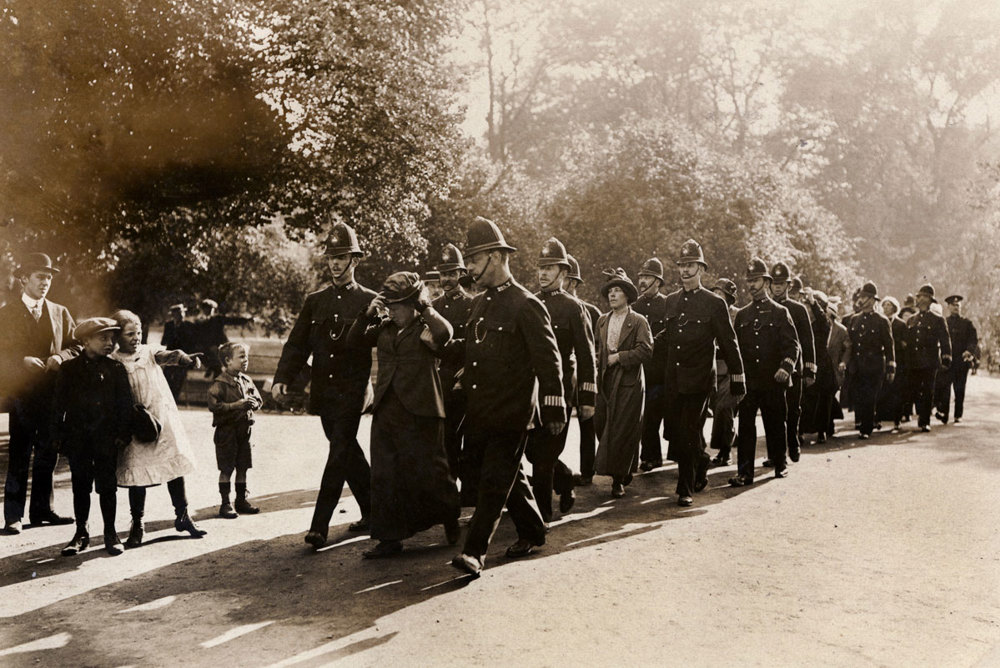
Police Escapes were a common use of the motor car within the Suffrage Movement. The motor car offered a quick and easy route away from the scene of the ‘crime’. Suffragettes were often women from well-to-do families, wanting one simple change in the law: to acquire the same rights as male householders and university graduates.
The police complained that they were often outwitted by the suffragette bombers and arsonists because they were using fast cars and high-powered motor bikes to escape arrest. Many police commented that when arriving at the scene of the crime, they could hear motor cars roaring away into the distance.
By February 1913, Home Office files recorded that a WSPU car, with the registration LF-4587, had been put under surveillance, due to criminal actions.
The police noted that the car was sometimes kept at the Avenue Garage, Princes Road, Holland Park, and also at the Church Street Garage, Notting Hill. The car was suspected of being used by Norah Smyth, and Olive Hockin, when they set out to complete their arson attacks.
Furthermore, when police raided Hockin’s Notting Hill Studio in March 1913, amongst deviant items, they found five false motor car license plates, demonstrating the importance of the car in evading the police, and the innovation of the women to prevent the police from observing and claiming their cars.
After realising that she could no longer give a speech without being arrested, in 1913 Christabel Pankhurst formed a bodyguard of approximately thirty women. On the 21st February 1914, Mrs. Pankhurst gave a speech at Glebe Palace, Chelsea.
The following evening she managed to escape with this bodyguard who used Indian Clubs to attack the police surrounding the house. Mrs. Pankhurst wrote to her friend the composer Ethel Smyth: “We pulled it off…How I wish you could have seen the masterly way the attack was made…While the battle raged, I, with two others, dashed up the area steps and into the car”.
The use of the motor car here allowed a swift exit from the scene, allowing the suffrage movement to prosper without constant arrest.
Sources:
Crawford, E., The Women’s Suffrage Movement: A Reference Guide 1866-1928 (London: University College London Press, 1999), p.97.
Rosen, A., Rise Up, Women! The Militant Campaign of the Women’s Social and Political Union 1903-1914 (London: Routledge, 2013), pp.191, 226-27.
Webb, S., The Suffragette Bombers: Britain’s Forgotten Terrorists (Barnsley, South Yorkshire: Pen & Sword History, 2014), p.8.
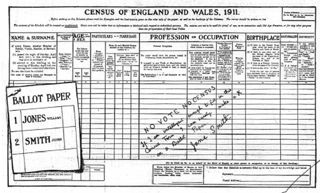
The 1911 Census marked a historic moment in the suffrage movement as a result of multiple women using caravans to evade the census. The decennial census of 1911 (2nd April) fell in the heat of the suffrage campaigners’ struggle. More mild activists wrote ‘suffragette’ in the occupation column of their census form.
However, more radical suffragettes used the census to make a political statement, arguing that if women were not allowed to vote, they must not be considered actual British people, and so could not be counted.
As such, they went out of their way not be present in their homes on the night of the census. Journalist Henry Nevinson described in the suffragette newspaper Votes for Women how, in the evening, caravans of protestors drove past the Home Office before settling at Putney Common for the remainder of the night.
Moreover, three caravans and ten suffrage campaigners were pictured on the front page of the Daily Sketch, demonstrating that census evasion certainly gained the movement extra publicity.
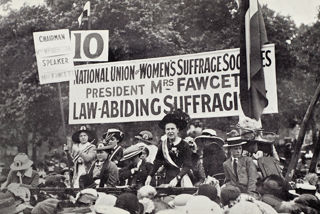
Arguably, this census evasion was fuelled by a greater desire for increased publicity rather than a real passion for making a political statement, evident due to the fact that many census evaders were counted regardless of their tactics.
For example, Eleanor Maund attempted to strike through her name and state “Wife Away”, meaning she would not have been counted, but her efforts were thwarted by her husband, who denounced her as a “suffragette” trying “silly subterfuge”.
Other suffrage campaigners struggled to comprehend the motivation behind census evasion. Millicent Fawcett, along with other members of NUWSS affiliated societies, considered it a display of showmanship which completely missed the point of the campaign for women’s suffrage.
For those sharing Fawcett’s opinion, it showed that women were unable to complete their civilian duties sensibly, which was exactly what the suffrage campaign was trying to disprove.
Sources:
1911 Census multiple authors, ‘All Census & Electoral Rolls results for Suffragette Absent Away’, Ancestry (2011) [accessed 18 April 2018]
Crawford, E., “Suffrage stories: ‘The Putney Caravans’”, Woman and Her Sphere (2012) [accessed 24 April 2018]
Robinson, J., Hearts and Minds, The Untold Story of the Great Pilgrimage And How Women Won the Vote (London: Penguin Random House, 2018).
The National Archives Website, ‘Women’s Suffrage' [accessed 20 April 2018]
Credits:
Images courtesy of the Women’s Library at the London School of Economics (The Women’s Library, LSE/Flickr)

Subscribe for updates
Get our latest news and events straight to your inbox.
